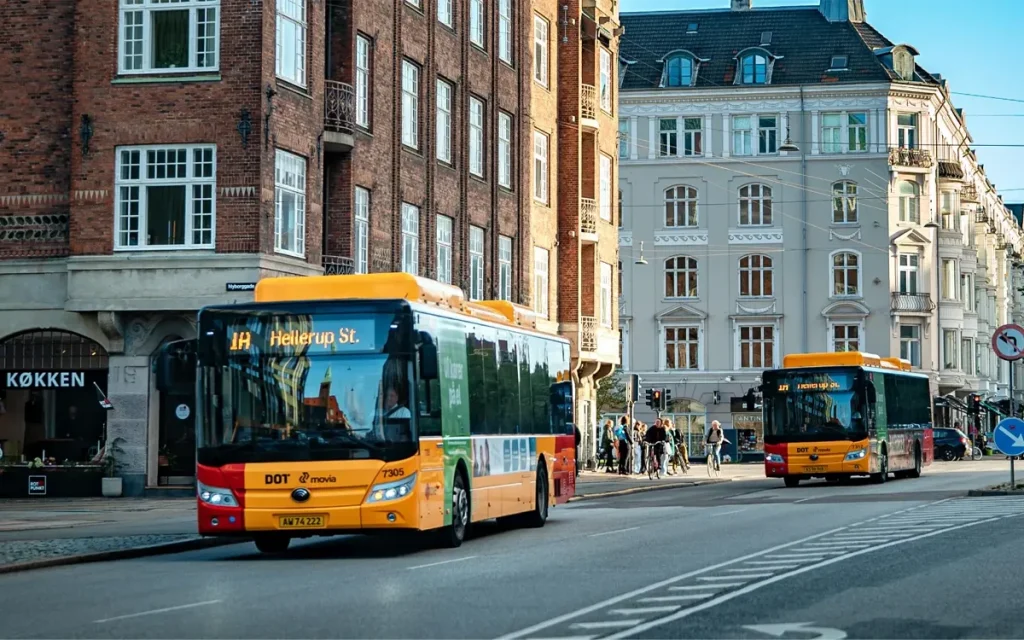Chinese chip crisis in Norwegian buses exposed how international tech disrupted Western car production
Published on Nov 27, 2025 at 7:07 AM (UTC+4)
by Alessandro Renesis
Last updated on Nov 27, 2025 at 1:44 PM (UTC+4)
Edited by
Amelia Jean Hershman-Jones
Over the last few weeks, Norway and Denmark discovered that the Chinese automaker that sold them electric buses was potentially retaining some form of remote control over those buses.
It’s not super clear to what extent, but that’s probably of secondary importance because that was enough to send Norway and Denmark into panic mode.
The UK also launched an investigation because those buses are available over there as well.
The silver lining is that these investigations shone a light on what was definitely a problem waiting to happen.
DISCOVER SBX CARS: The global premium car auction platform powered by Supercar Blondie
Here’s what happened with these buses
A few weeks ago, Denmark and Norway discovered that the Chinese company that manufactured electric buses these countries were using could potentially remotely deactivate them.
The manufacturer in question, Yutong, responded and said it was fully ‘complying with existing laws’.
But maybe that wasn’t the answer these two countries were hoping for, and as a result, the UK also launched an investigation because it, too, like the aforementioned Scandinavian countries, was using those buses.

This tech snafu highlighted a supply chain problem that people were mostly ignoring, probably because we never had to pay attention to this sort of thing before.
And that’s not just because the global geopolitical situation was better 10 or 20 years ago.
Maybe it was, or maybe it wasn’t, but that’s not the main point.
Because the main point is that technology has changed.
And we’re now inviting situations like this.
This is probably the biggest automotive-related ‘duh’ moment we’ve had in years
For some reason, we either forget this or pretend this is a dream, but it isn’t.
Any software-driven device needs servers, and where those servers are located dictates who has access to data and potentially a remote kill switch.
Obviously, that’s not exactly straightforward, and there are a lot of nuances, but that’s the bottom line.
In the olden days, an automaker from country A would buy an engine from an automaker from country B, and that’d be the end of it.
The engine was a physical thing, and the transaction was final.

These days, country A buys technology from country B, but most companies retain some form of remote control over their products.
That’s how over-the-air (OTA) updates work.
Otherwise, they wouldn’t be possible.
And things can still go wrong regardless of bad or good intentions.
A few weeks ago, a bunch of apps and platforms (Slack, Snapchat, Reddit, Duolingo, Canva, etc) went down simultaneously.
Why? That’s because they all rely on AWS (Amazon Web Services) servers, and those servers were down.
With these electric buses, when a server is down in Zhengzhou, China, somebody will be late to work in Oslo, Norway.




